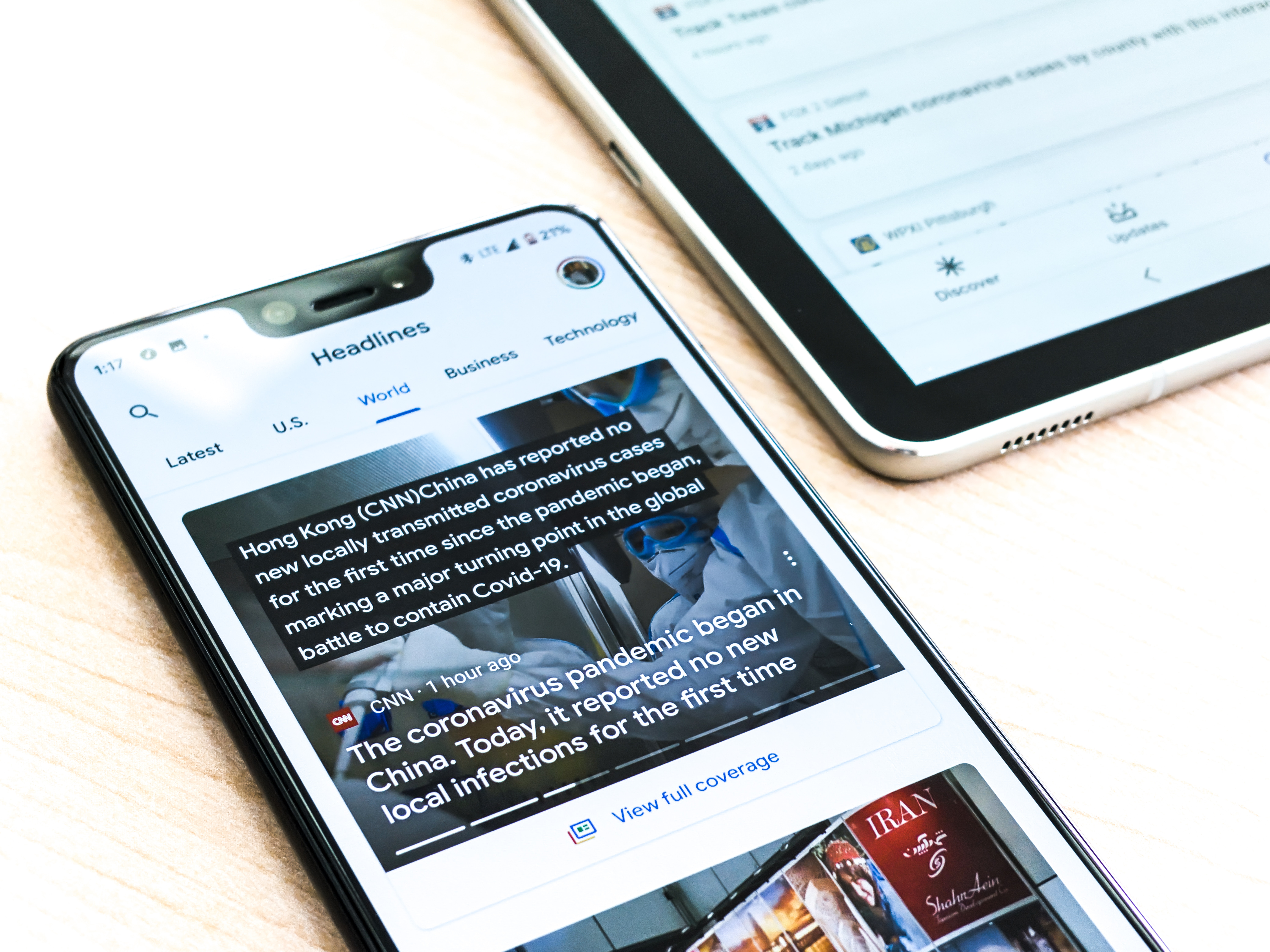Often, the culture of quick reading where users only see the headline and the photo, leaves people unaware that an article is old, irrelevant, or has false information.
Facebook recently announced that they would roll out a notification on users’ screens if they are about to share a news article that is over 90 days old. However it will still allow for people to share the article if they decide to so.
Professor Mohamed Gameel, who teaches Journalism classes at the Journalism and Mass Communication (JRMC) department at AUC, said that this was a good decision and a step forward in ensuring that people know what they are sharing.
“The new tool is good because it’s a step in the right direction. However, it’s not enough. Three months is a lot. In some context one week or few days are a lot,” he said.
Why Is This Necessary?

“The timeliness of an article is an important piece of context that helps people decide what to read, trust and share. News publishers in particular have expressed concerns about older stories being shared on social media as current news, which can misconstrue the state of current events,” Facebook’s announcement said.
True that the news itself can often be misleading, but almost every news outlet includes the date of publication on online articles. Yet, the amount of reading people do decreases more and more every day. Social media culture has made us accustomed to ‘quick scrolling’ and not actual reading, so we can often miss things as small as dates.
“Regarding social media sharing, it becomes the primary source for many to get their information and news. People usually trust their friends, or people they follow, which makes it less likely for them to fact check information. Although, they usually mean to share the headline [and not necessarily the actual content of the article],” Gameel explained.
Hussein Moataz, a graduate assistant at the JRMC department at AUC said that this decision taken by Facebook is a very important one and goes beyond political, ‘hard’ news. It includes social news too.
“I can’t post a picture about a lost child in the street from 2014, or a picture of someone who kidnapped said person. If in 2018 there was a huge accident on the road and someone said ‘be careful and avoid this route’, someone can avoid the route for no reason just because he didn’t check the date,” Moataz shared.
What Moataz explained is something closer to home because these are the kinds of things we see in Egyptian social media; often old pictures make their way into current news.
Big Texts, Loud Pictures, And Small Publication Dates

The Columbia Journalism Review said that stories can easily go viral long after their publication date as readers can mistakenly assume it is ‘breaking or fresh news’. Generally, in academia journalists are taught ‘media literacy’ in the sense that they question what they read and take notice of the little details. This is not something that readers generally do as they are only consumers of the news.
A Multimedia Journalism Graduate from AUC, Noran Alaa said, “often news, and especially photographs, are shared as if they’re breaking news…to perpetuate a certain dramatization of the event when the news or image is actually from a year ago. So, while the byline and date will always be there, this [the news] will draw more attention to it for the non-journalist casual reader.”
Mariam Prince, who is currently studying History, explained that people sometimes share news to stirr problems. “People share old news at certain moments to spread rumors during critical times. The problem is, such news are not always 100 percent false. This makes it even more misleading and prone to manipulation if used strategically.”
Understanding the context of an event in time and history is crucial so as to avoid misleading content. But not all old content is irrelevant. “Having the date of the article will help in determining the context of which when this article was written. But of course, just because the article is old doesn’t mean that the article provided is any less informative,” said Ziad Abdeen, a student and active Facebook user.
As humans, the bigger text (usually the headline) and the photograph is what catches our attention. So naturally, it is easy to miss the date. Although false news is a bigger threat, misunderstanding the context of information can be just as bad.
For Facebook to be able to tell users when an article is older than 90 days, this will help increase awareness in the community to be more ‘media literate’.
“It’s very important for people to know the date of the information they are sharing and I think even for a news consumer, this is beneficial for when news outlets decide to re-share or re-purpose their previously published articles,” said Doaa Abdelghany, a communications specialist at a medical university.




























